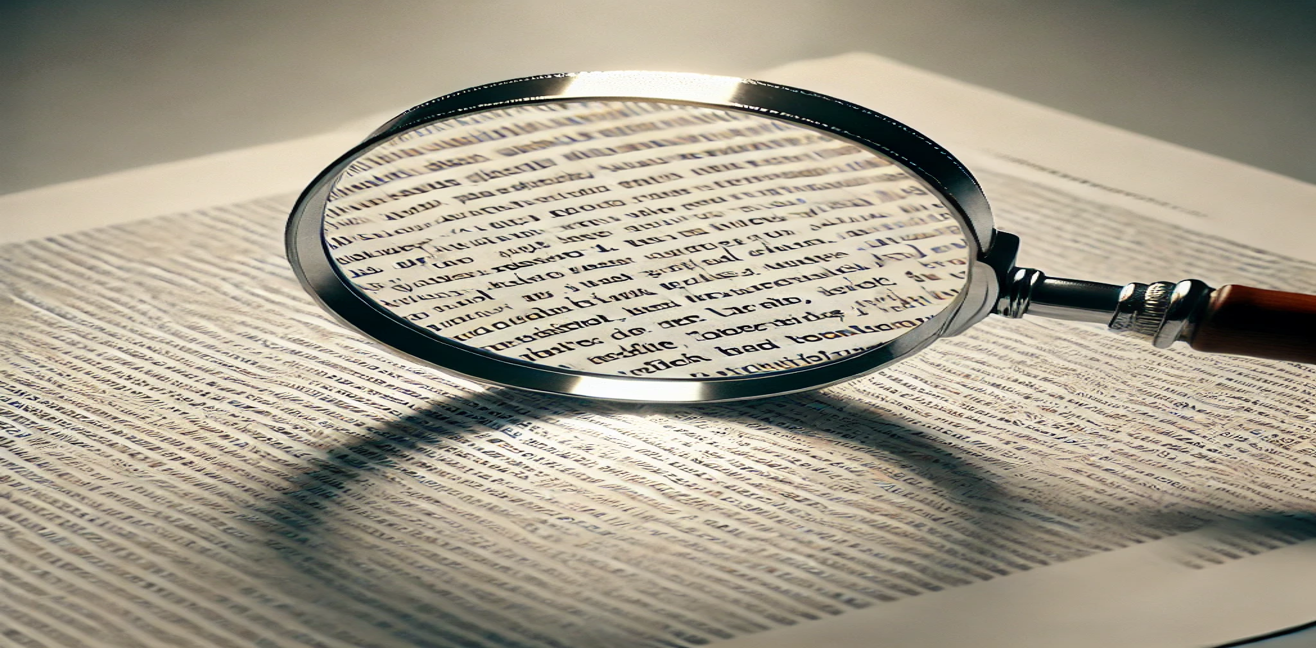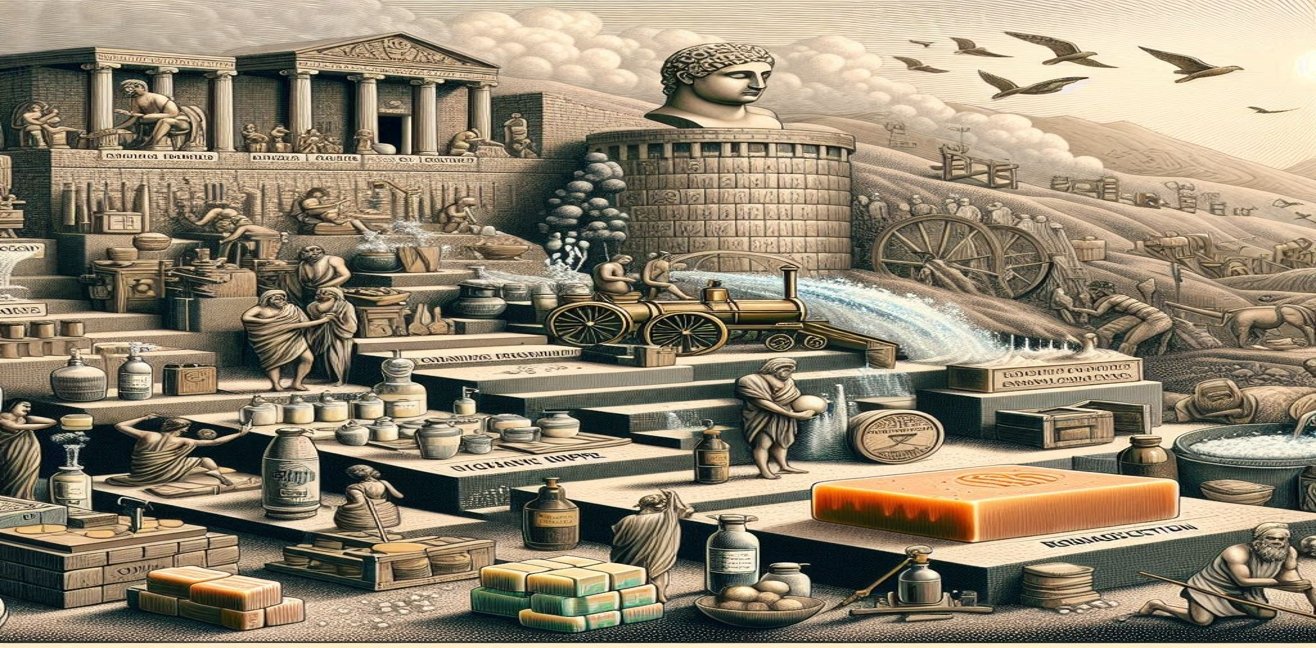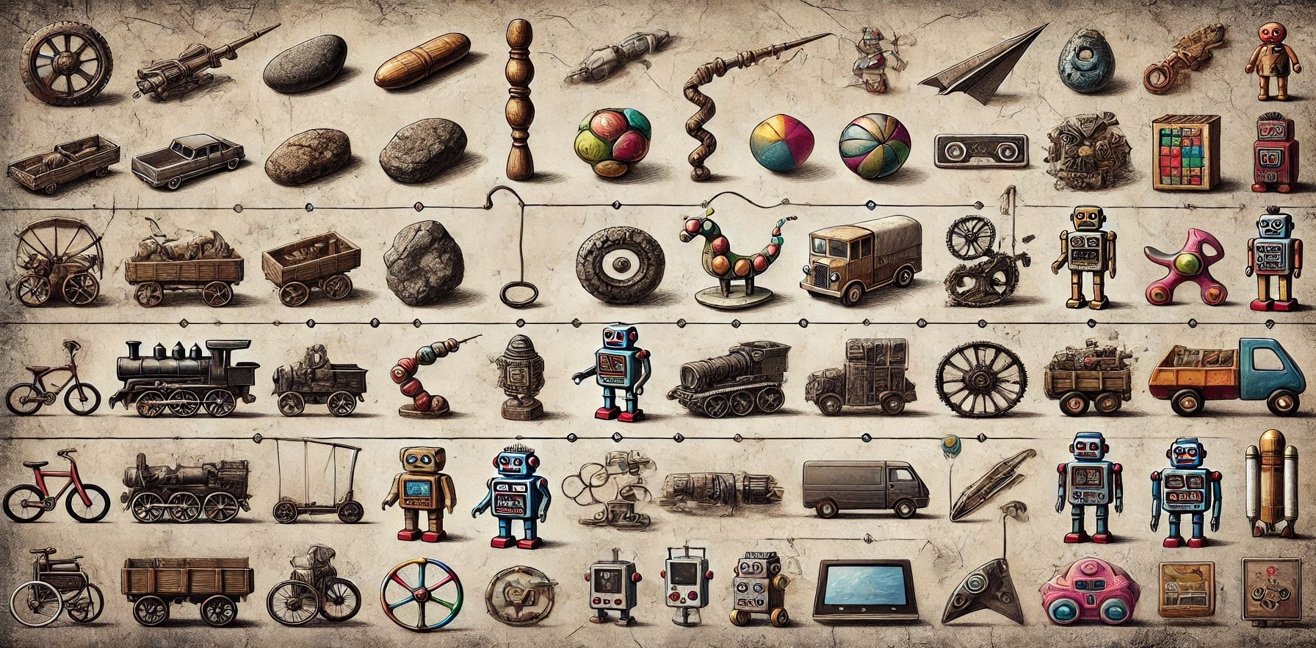Throughout human history, people have developed various tools to better understand and examine the world around them. One of these tools is the magnifying glass, which plays an important role in both science and everyday life. Though its invention is dazzling in its simplicity, its impact has significantly contributed to scientific advancements.
Origins and Early Use of the Magnifying Glass
A magnifying glass is a simple optical instrument that enlarges objects based on the principles of light refraction and focusing. The first magnifying glasses were made from naturally occurring clear crystals or stones in prehistoric times. However, the conscious and widespread use of the magnifying glass dates back to the Roman Empire.
During the Roman era, the philosopher Seneca mentioned the ability of a glass sphere to magnify sunlight. Additionally, Pliny the Elder, who lived in Rome, wrote about the use of glass spheres to enlarge small objects. This shows that primitive forms of the magnifying glass were known and used during this period.
The Magnifying Glass in the Middle Ages
In the Middle Ages, the use of the magnifying glass became more systematic. In the 13th century, English scientist Roger Bacon studied the effects of magnifying glasses and lenses on improving vision. Bacon noted that magnifying glasses could be used to enlarge texts and small objects, contributing to significant advancements in optical science.
Bacon’s work laid the foundation for the widespread use of the magnifying glass and the development of optical science. During this time, magnifying glasses were primarily used for reading written texts, making books and manuscripts more accessible.
The Modern Use of the Magnifying Glass
The widespread use and development of the magnifying glass in its modern sense occurred during the 16th and 17th centuries. Dutch scientist Antoni van Leeuwenhoek used advanced magnifying glasses, which he called microscopes, to discover microorganisms. Leeuwenhoek’s work laid the foundations for microbiology and highlighted the importance of the magnifying glass in scientific research.
The magnifying glass found a wide range of applications not only in science but also in daily life. Jewelers, watchmakers, and other craftsmen began using magnifying glasses to view fine details. Additionally, magnifying glasses became an indispensable tool for people with reading and writing difficulties.
The Magnifying Glass Today
Today, magnifying glasses have become more varied and functional with the further development of optical science. Modern magnifying glasses can have different magnification levels and lighting features. In scientific research, especially in biology and medicine, magnifying glasses and microscopes are of vital importance.
Moreover, digital magnifying glasses and electronic magnification devices are important tools that assist people with visual impairments in reading and writing tasks. Magnifying glasses are used in a wide range of fields, from education and industry to science and daily life.
Conclusion
Though a simple invention, the magnifying glass has had a profound impact on human history. This optical tool, which enhances vision and allows us to examine the world more closely, has opened doors to scientific advancements and conveniences in everyday life. Evolving throughout history, the magnifying glass continues to maintain its importance and solidify its place in our lives today.




